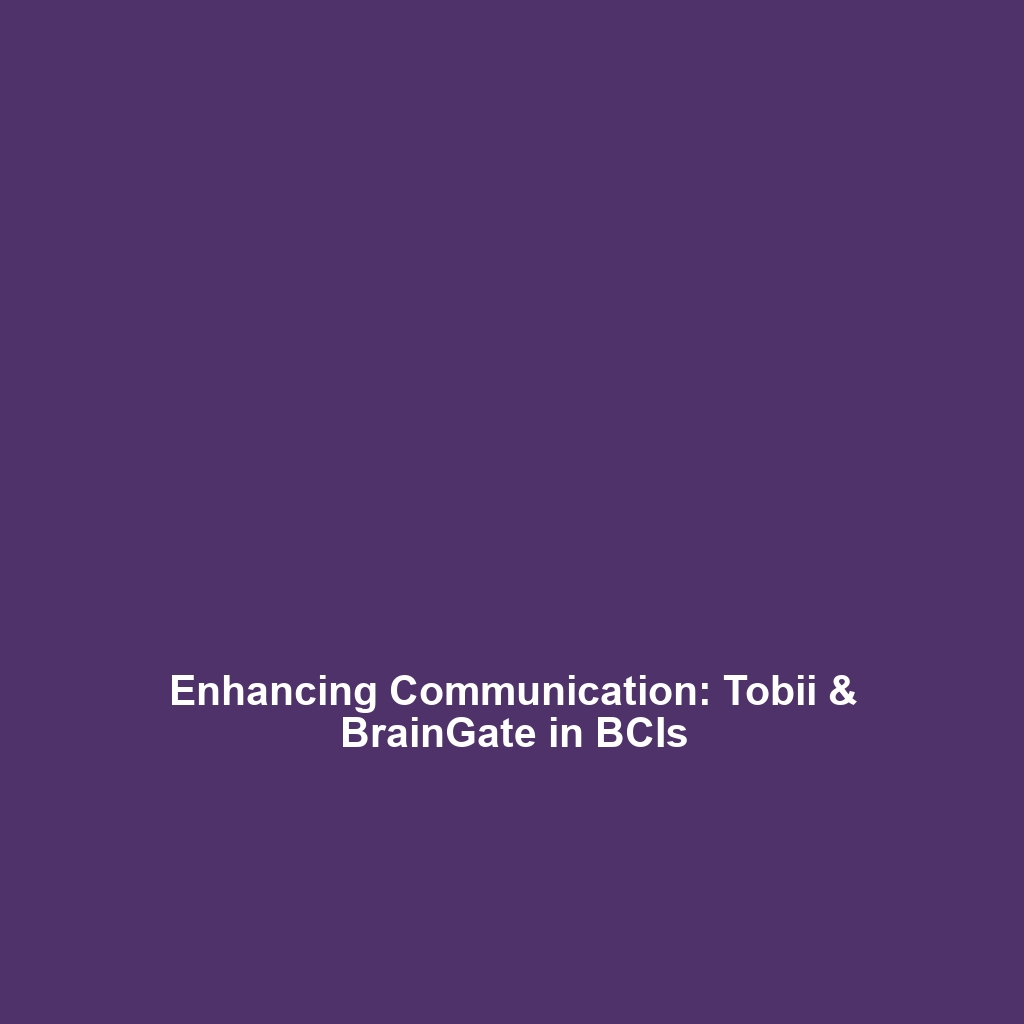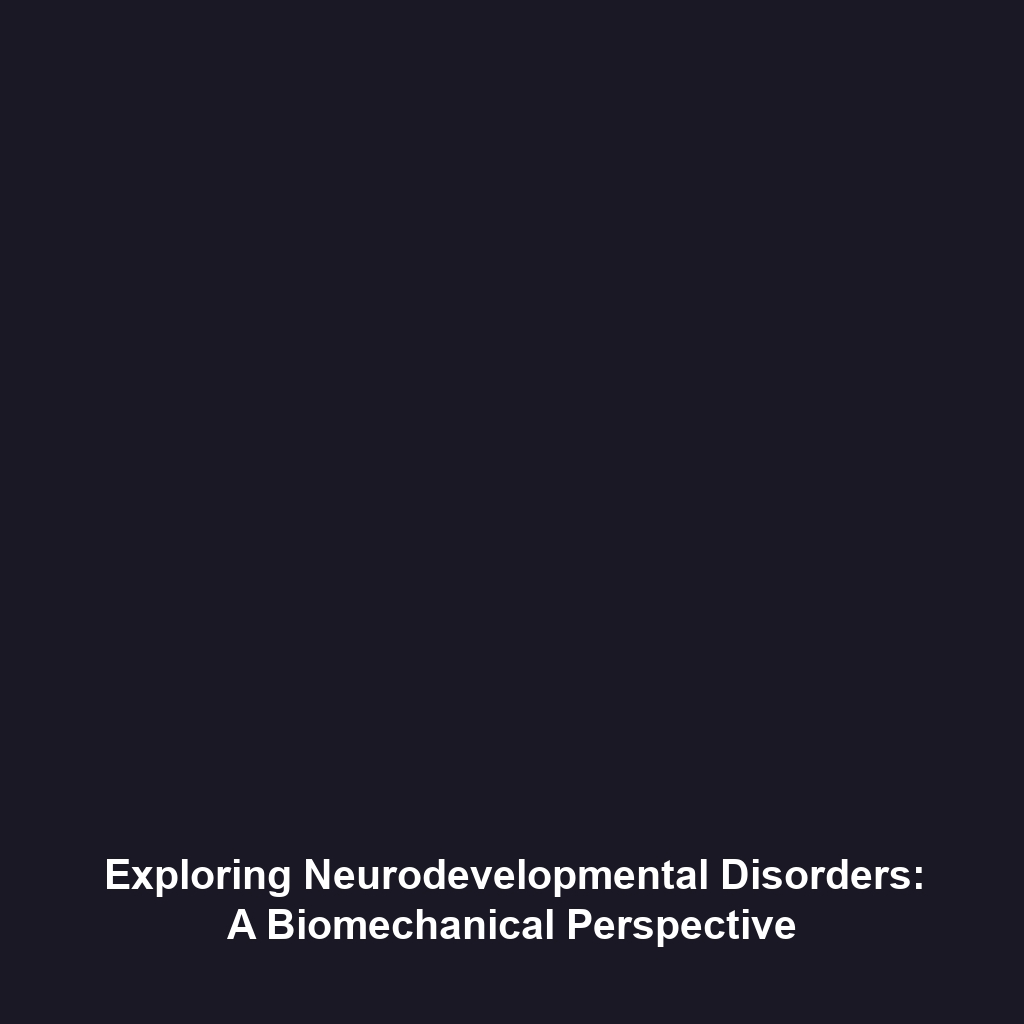Commercial Examples of Brain-Computer Interfaces: Tobii and BrainGate
Introduction
Brain-Computer Interfaces (BCIs) represent a groundbreaking field that bridges technology and neuroscience, allowing direct communication between the human brain and external devices. Notably, commercial examples such as the Tobii and BrainGate systems are pivotal in this domain, enabling users to select letters, words, or images, thereby facilitating communication for those with severe motor impairments. These innovations not only enhance accessibility but also highlight the vast potential of BCIs to transform lives, making them a significant point of interest in both scientific research and practical application.
Key Concepts
Understanding Brain-Computer Interfaces
BCIs are systems that interpret brain signals to control external devices. The primary goal is to establish a direct pathway for communication, especially for individuals with conditions like amyotrophic lateral sclerosis (ALS) or spinal cord injuries. Tobii and BrainGate are exemplary models of this technology, both designed to facilitate user interaction with computers and assistive devices.
Tobii System Overview
Tobii focuses on eye-tracking technology, allowing users to select objects on a screen using their gaze. It is particularly effective for users with limited mobility, facilitating smoother communication and interaction.
BrainGate System Overview
BrainGate utilizes neural signals to enable communication via a brain implant. The system decodes brain activity associated with movement intentions, translating it into action on a computer, essentially providing a new voice for users who cannot move.
Applications and Real-World Uses
The applications of Tobii and BrainGate systems within the broader category of Brain-Computer Interfaces are significant:
- Augmentative and Alternative Communication: Both systems provide crucial support for individuals who cannot speak, enabling them to express thoughts and needs effectively.
- Gaming and Entertainment: Tobii’s eye-tracking technology has been integrated into gaming, allowing players to use their gaze for in-game interactions.
- Assistive Technologies in Education: These systems are being used in educational settings to support students with disabilities, allowing them to communicate and participate actively.
Current Challenges
Despite their successes, the following challenges persist in the application of Tobii and BrainGate systems:
- Accuracy and Calibration: Eye-tracking may sometimes struggle with accuracy based on environmental conditions or user fatigue.
- Neural Signal Interpretation: BrainGate faces the challenge of accurately decoding complex neural signals which can vary significantly among users.
- Cost and Accessibility: These technologies can be prohibitively expensive, limiting their availability to those who need them most.
Future Research and Innovations
Ongoing research in the realm of Brain-Computer Interfaces is focusing on enhancing the functionality and accessibility of systems like Tobii and BrainGate. Future innovations include:
- Improved Neural Decoding Algorithms: Ongoing advancements in artificial intelligence may lead to more accurate and intuitive interpretations of brain signals.
- Wireless BCI Technology: Research aims to develop more comfortable, wireless options that would enhance mobility for users.
- Integration with Smart Technologies: Future systems may integrate seamlessly with various smart devices, expanding their functionality and user interface.
Conclusion
The commercial examples of Tobii and BrainGate systems illustrate the dynamic potential of Brain-Computer Interfaces to redefine communication for individuals with disabilities. With continuous innovation and research, these technologies promise to break down barriers and create new opportunities for enhanced interaction. For more insights on the developments in BCIs and assistive technology, visit our related articles section.

